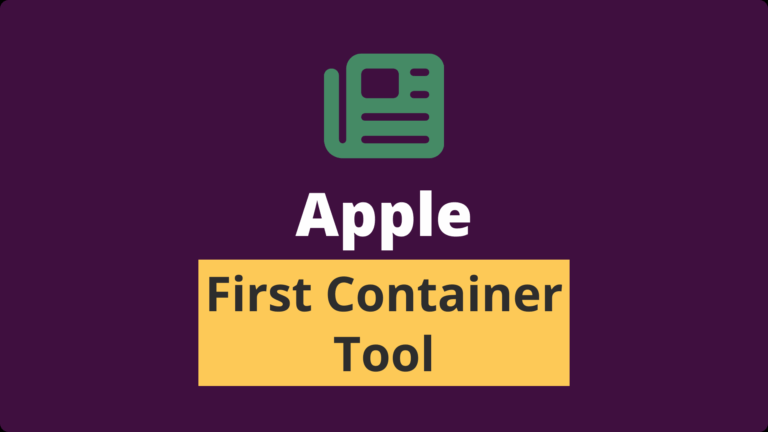
- 5 Best Linux Distributions in 2023 – XDA Developers have compiled a list of the best Linux distributions available in 2023. The article is aimed at users considering a switch from mainstream operating systems like MacOS, Windows, or ChromeOS to Linux. It discusses the strengths and unique features of each distribution, helping users to make an informed decision based on their needs, whether they are looking for user-friendliness, stability, or advanced control. The article likely covers popular distributions such as Ubuntu, Fedora, and Mint, as well as others tailored for specific use cases or user preferences. Read more on XDA Developers (Published on November 6, 2023)
- Open Enterprise Linux Alternatives Initiative – In response to Red Hat’s change in its code distribution model, three major Linux companies, CIQ, Oracle, and SUSE, have come together to form the Open Enterprise Linux Alternatives (OpenELA) initiative. This collaboration aims to provide alternatives to Red Hat Enterprise Linux (RHEL), which is a cornerstone for many businesses’ Linux distributions. The initiative seems to be a strategic move to ensure continuity for users and businesses that depend on the RHEL codebase and to provide a stable and open alternative in the enterprise Linux ecosystem. Read more on ReadWrite (Published on November 7, 2023)
- Track Network Connections in Linux With pktstat – MUO introduces pktstat, a network monitoring tool for Linux that allows users to observe packet activity in real-time. This tool is particularly useful for system administrators and security professionals who need to monitor network traffic, diagnose connection issues, or ensure network security. The article likely provides a tutorial on how to install and use pktstat, along with examples of its output and how to interpret the data it provides. Read more on MUO (Published on November 7, 2023)
- How to Configure ZRAM on Ubuntu Linux – Make Tech Easier provides a guide on configuring ZRAM, a Linux kernel feature that provides a form of virtual RAM. For systems with limited physical memory, ZRAM can increase performance by using a portion of the RAM as a compressed block device, allowing the system to store more data in memory. The article explains how to enable and configure ZRAM on Ubuntu, how to allocate memory to it, and how to select different compression algorithms. It also discusses scenarios where adjusting ZRAM settings could be beneficial, such as on systems with low RAM or those running memory-intensive applications. Read more on Make Tech Easier (Published on November 5, 2023)
- Itanium Retired from Linux by Torvalds – Linus Torvalds has officially retired support for Intel’s Itanium processors from the Linux kernel. This move is symbolic, marking the end of support for a processor architecture that once aimed to revolutionize the industry. The Itanium processor, known for its IA-64 architecture, was discontinued by Intel in 2021. The article discusses the implications of this move and reflects on the history of Itanium, including its ambitious goals and the reasons behind its gradual decline. Read more on Fudzilla (Published on November 6, 2023)




Should I learn Redhat or Ubuntu?
If you’re aiming for a career in an enterprise environment, RHEL might be more relevant. For general use, personal projects, or if you’re just starting with Linux, Ubuntu could be a better choice.